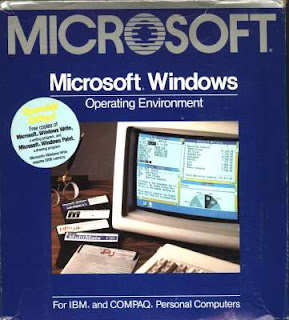 Every year since 2003, we’ve published the SD Times 100. And every year, many companies that weren’t named to the list have asked us to explain why they weren’t on the list.
Every year since 2003, we’ve published the SD Times 100. And every year, many companies that weren’t named to the list have asked us to explain why they weren’t on the list.
For weeks after the awards come out, company executives call and e-mail SD Times to politely request (or angrily demand) an explanation. Those queries ultimately come to me.
I’ve just finished replying to one of them, and thought I’d share an expanded, generic version of my response here.
Dear xxx,
You asked why your company wasn’t listed in the 2008 SD Times 100. You said that you should have been included because you’re more worthy than one of your competitors who is on the list, or because your company had specific accomplishments that make it stand out, or because you have a significant and growing market share, or because you were on the list last year.
We don’t have a specific explanation of why you didn’t make the list.
The reason — and this is all we can say — is that after months of hard work, when the judges compiled the final list of the 100 most influential, most innovative leaders in the software development industry, your company’s name wasn’t on that list.
That doesn’t say that your company isn’t influential or innovative. We’re sure that it’s both. We acknowledge you have many genuinely loyal customers and satisfied business partners. We know that your unique products and services employ great technology and solve real-world problems for software developers.
But no, your company didn’t make the top list this year. There were a lot of worthy companies and organizations being considered — many more than 100. However, no matter how we recalculated the math, only 100 can be in the top 100.
There are no specific reasons we can offer why your company wasn’t named to the SD Times 100. (It’s like there’s no specific reason why a catchy hit song didn’t win a Grammy, or why your favorite movie didn’t win the Oscar, or why your friend didn’t win last week’s local talent competition.)
During the judging, we don’t keep notes about your company. We don’t record plus-signs for what you did right and minus-signs for what you did wrong.
We have nothing that documents, “If only they’d supported this extra protocol, or sold 50 more licenses, or won another patent, or had five more partners, they’d have been in the SD Times 100. But they didn’t, so they’re off the list.” That’s not how the discussion goes. Likewise, we don’t record, “If only they hadn’t done x, y or z, they’d have been on the list.”
Judging the SD Times 100 isn’t easy. The decisions aren’t made lightly. Many, many factors went into the discussion, which spanned literally months of research and rigorous and sometimes headed debate by the editors of SD Times.
The process is laborious, challenging and worthwhile. The internal debate gives our editors the opportunity to collectively review the movers-and-shakers in our industry. It lets us examine the state of the art. Judging the SD Times 100 is a time of shared learning, as well as compiling a final listing. However, those wide-ranging conversations must stay behind tightly closed doors — and couldn’t be condensed to a soundbite in any case.
After the awards come out, some companies try to put us onto the defensive to justify (to their satisfaction) why they didn’t get named to the list. Others argue that they are more deserving than someone else who did win (and demand that we ‘correct’ the list). A few say that once they’re on the list one year, they should stay on the list. Still others want us to coach them: ‘Tell us what we must do to ensure being named to the list next year.’
I know that you’re disappointed, but we’re not going to debate, defend or coach. Please accept my apologies, as that’s all the explanation we have to offer.
Z Trek Copyright (c) Alan Zeichick
 I’m happy to share this public service announcement.
I’m happy to share this public service announcement.
























